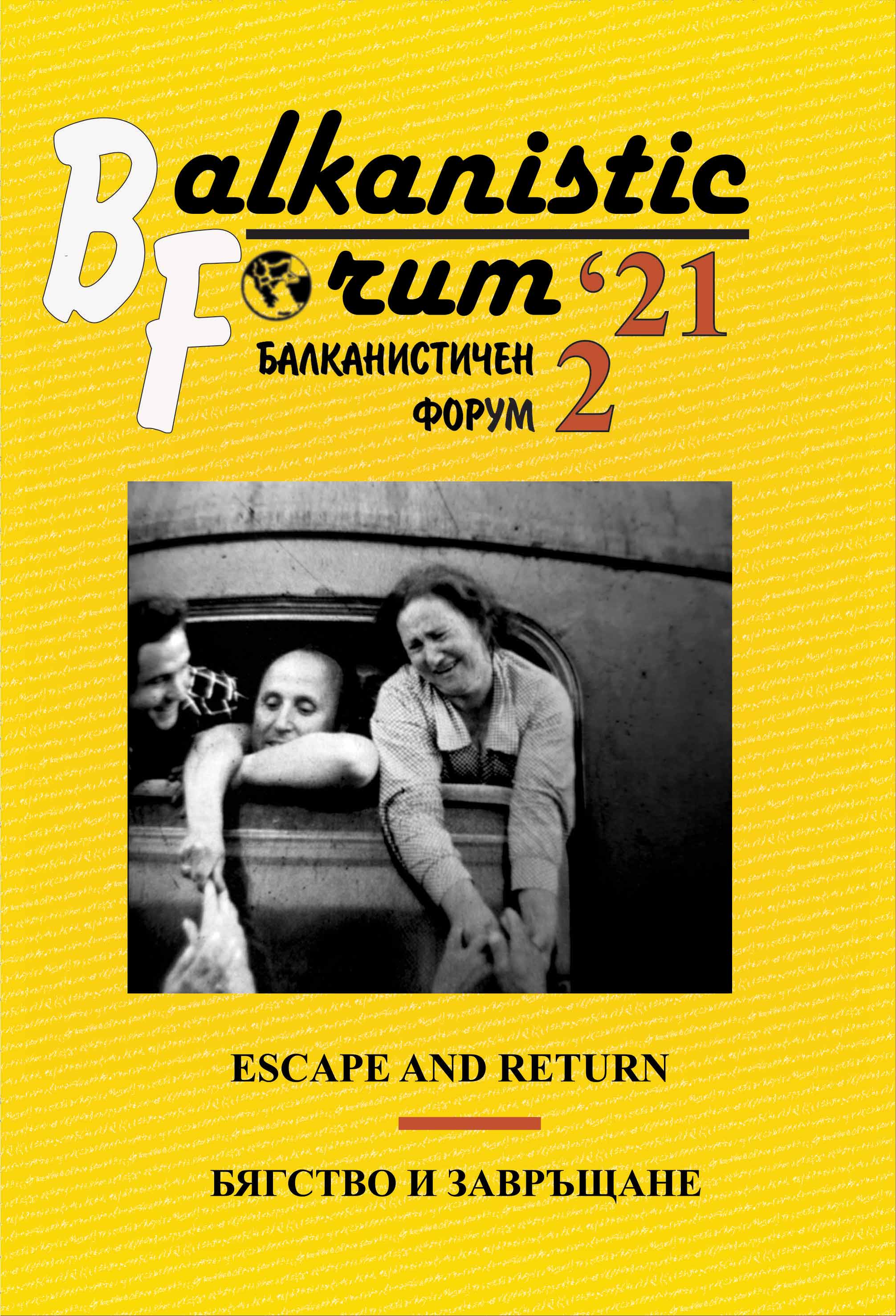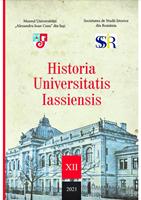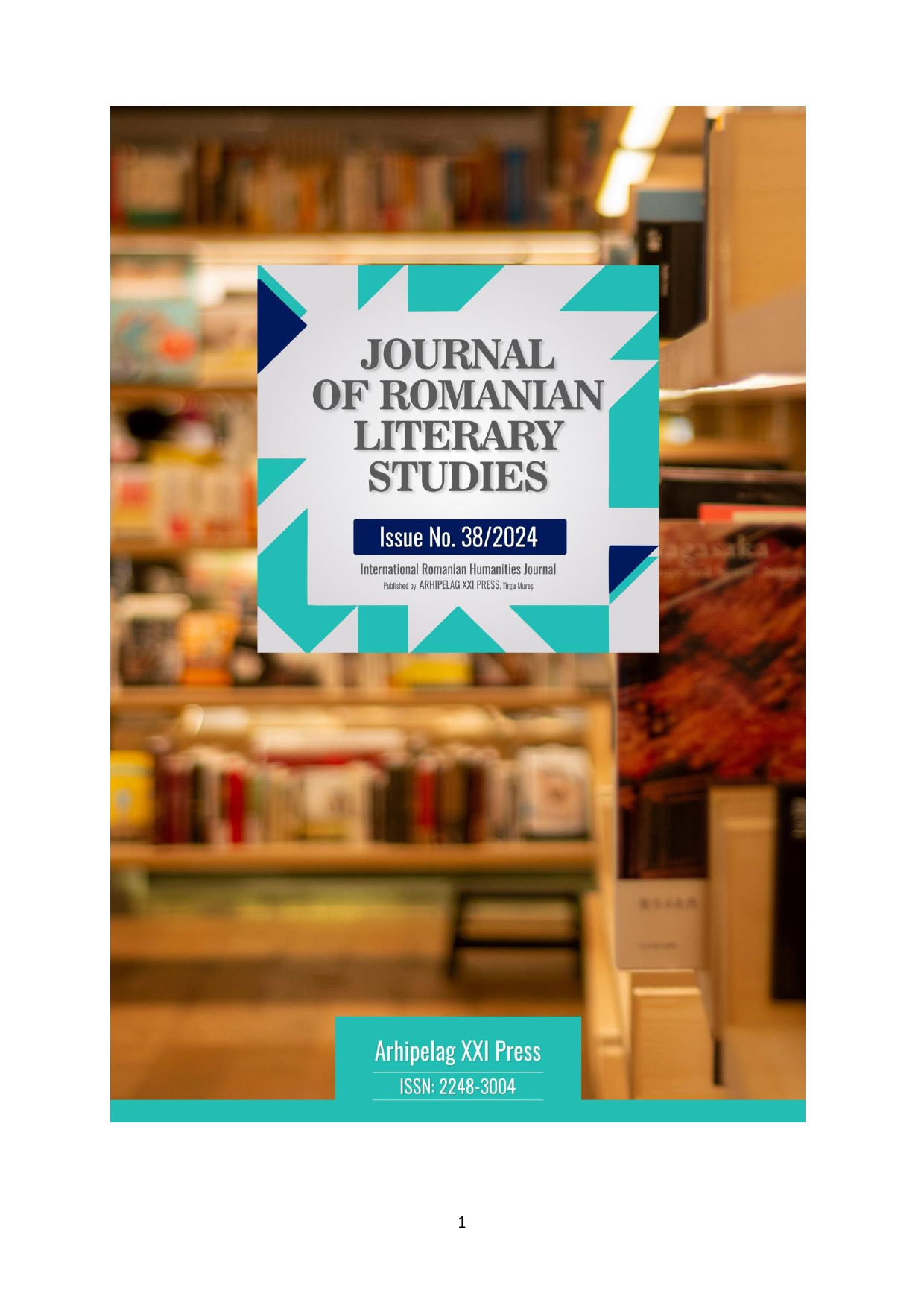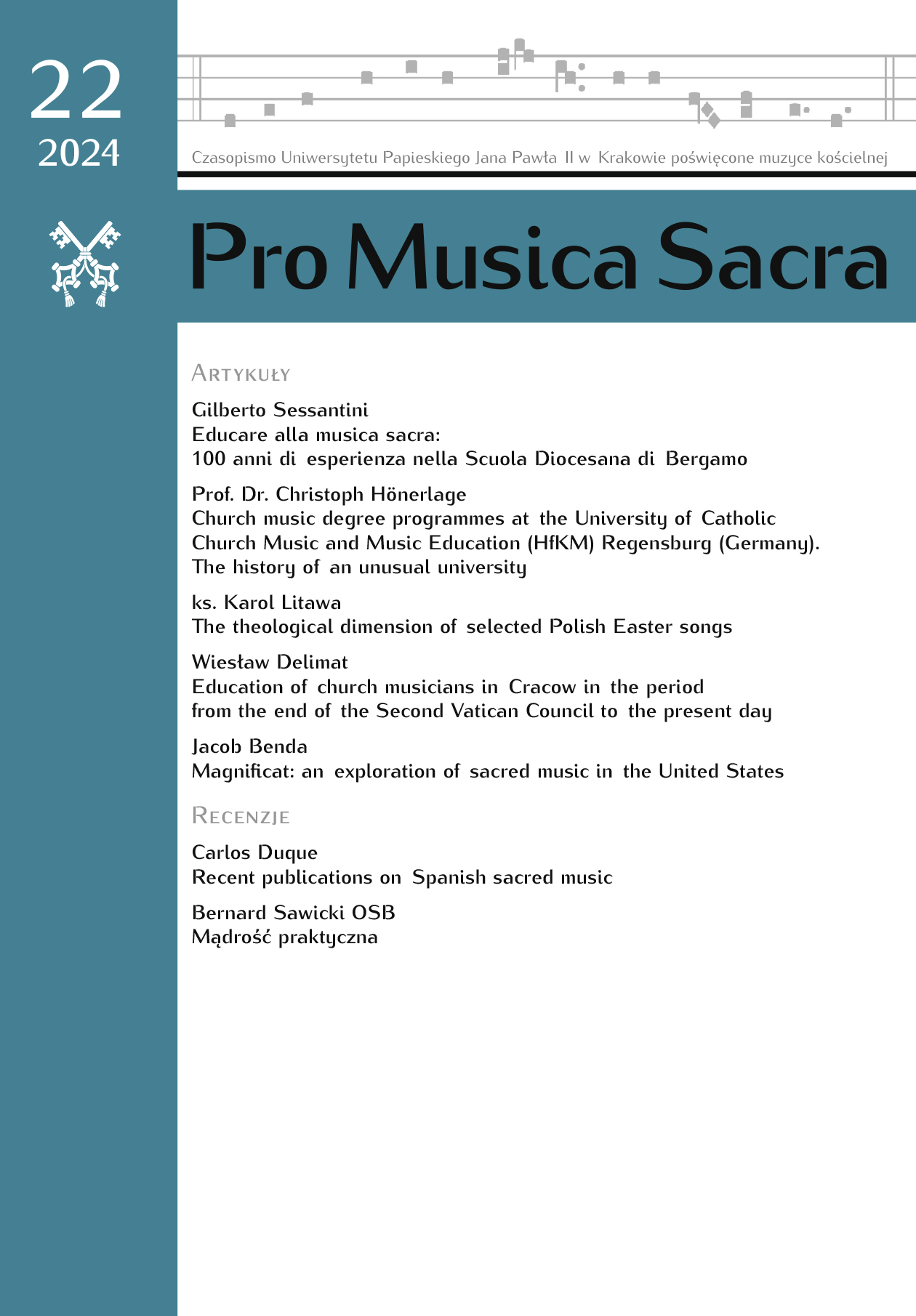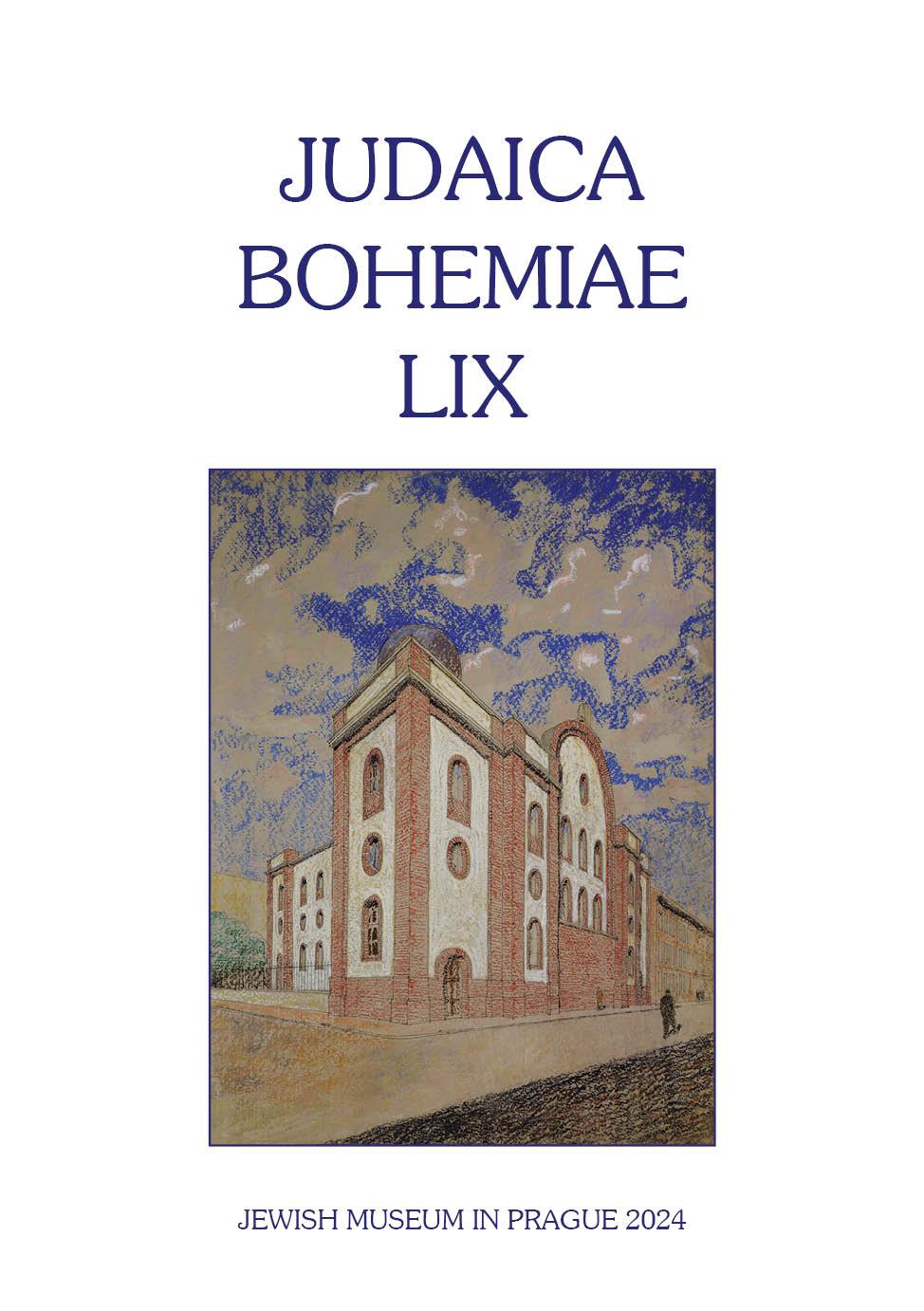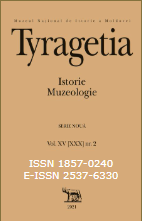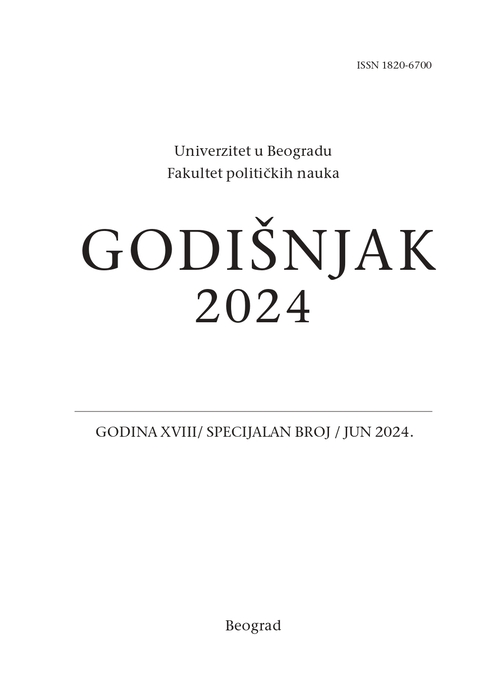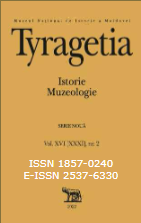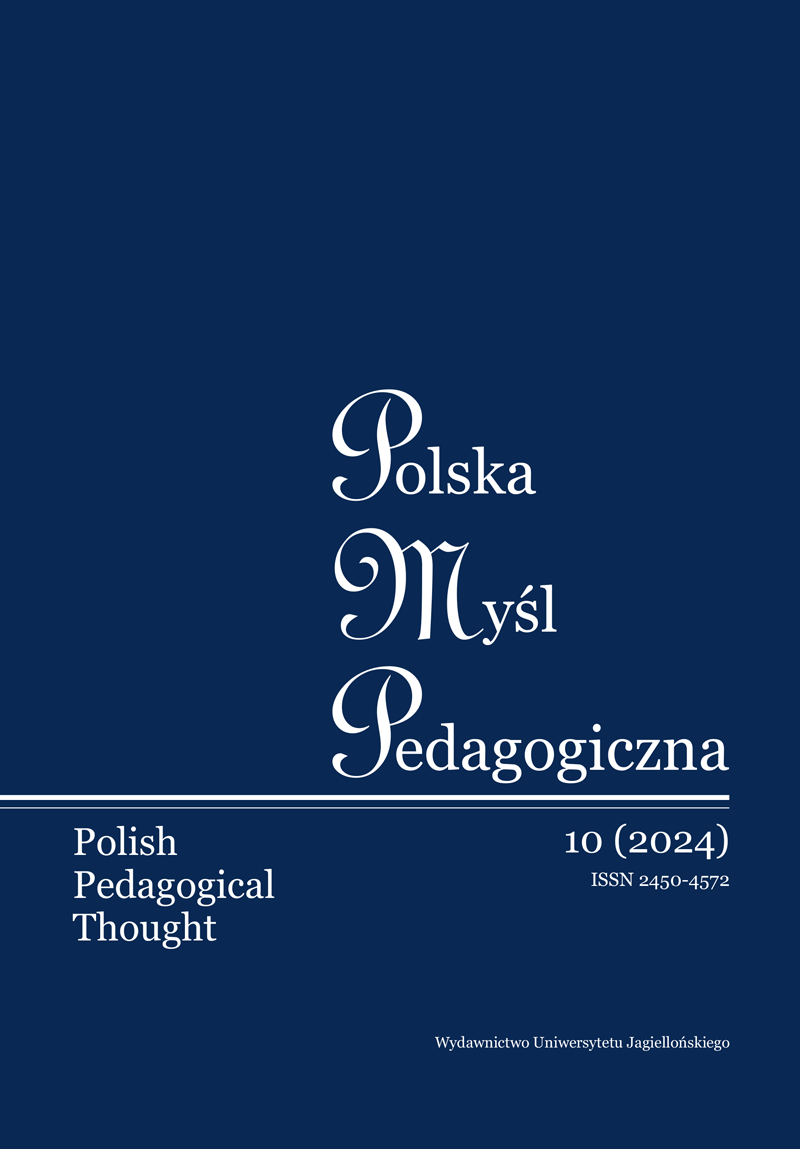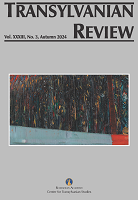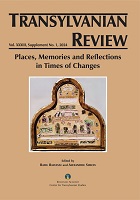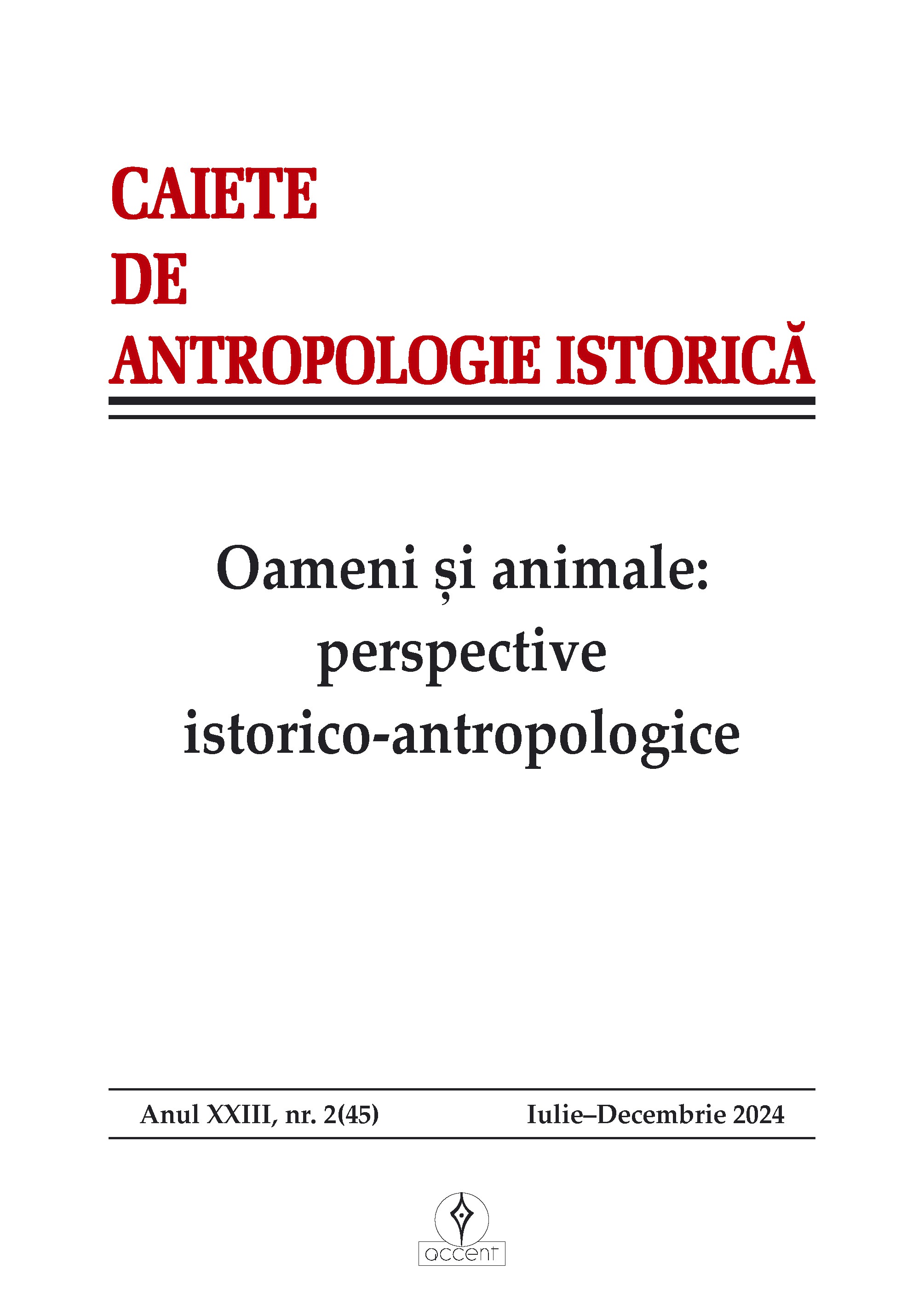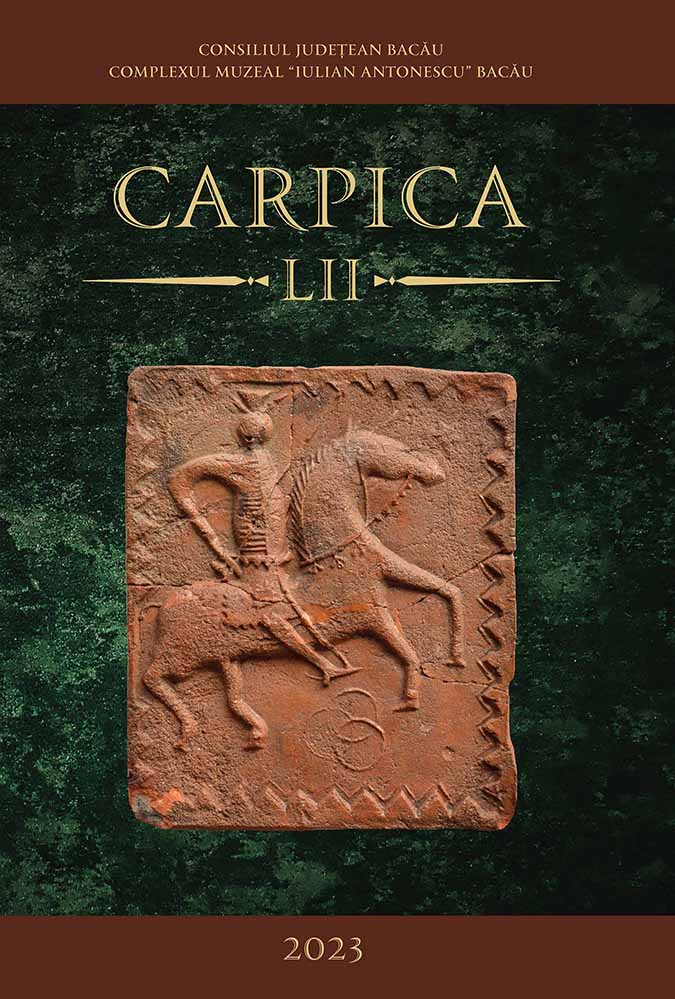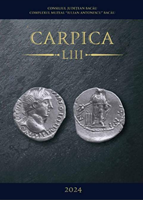Author(s): Aurel Florin Țuscanu / Language(s): Romanian
Issue: LII/2023
Non organized schooling was available for clergy education in Moldavia before the beginning of the XIXth century. A few schools could be attended under the guidance of Church scholars within Monasteries and Churches. During the reign of Grigorie Alexandru Ghica, in Moldavia there were three diocesan schools and another 23 around the country. However, the first public school in Moldavia for higher clergy education, excellently managed at that time and the most important in all Romanian Principalities, was the Seminar „Veniamin” of the Socola Monastery, founded by Metropolitan Veniamin Costachi. The overall trend in education was favouring innovation and modernization toward the mid XIXth century, when old, traditional educational fashions coexisted with the new, modern ones. Thus, in 1839, at Roman, three cathechist schools existed, by private initiative. Also by private initiative, there ran a school for parish clerks and chanters, founded in 1846 by Dignitary Grigore Done at the Saint George Church, whose cells would foster 50 pupils (5 grades), completely free of charge. The school closed in 1856. In the years 1845 and 1846, no less than 12 catechist schools were opened in Moldavia, five of them within the Diocese of Roman: Tecuci, Bârlad, Roman, Bacău and Focșani, coordinated by 12 young clerics educated at the Seminar in Iași. The catechist schools continued running past the year 1858 (the opening of the Diocesan Seminar of Roman), up until November 25th 1864, when they were ordered to close by the law of public education. The Diocesan Theological Seminar of Roman was founded September 1st 1858, by the ardour of the Moldavian Minister for Religion and Public Education Dimitrie A. Cantacuzino, with the blessing of Bishop Nectarie Hermeziu. Fr. Dimitrie Matcaș was appointed director of the Seminar. A man of outstanding spirit and demeanor, he had founded and was still heading the catechist school of Roman. From its opening till September 1860, the Seminar of Roman had 4 grades and 4 professors, and its activity was in accordance with the provisions of the law of 1857. In September 1860, Mihail Kogălniceanu reorganized the Seminars, extending the duration of the studies to 7 years. The education of the clergy was provided in this manner until a new structure was implemented by the „Law of the Seminars and Lay Clergy” of May 29th 1893. From 1893, there were intended to run three inferior Seminars (with programmes of 3 grades) in Roman, Curtea de Argeș and Rîmnicu Vîlcea, and 2 superior Seminars, in Iași and București, with a duration of the studies of 5 years. In 1884, by the ardour of the great Bishop Melchisedec Ștefănescu, a new location was acquired for the Seminar of Roman, in close proximity to the diocesan cathedral, with two double storey wings for bedrooms, classrooms and canteen. This school may be regarded as a subsidiary of the Socola Seminar, being, together with the Seminar of Huși, the lower level (or inferior course) to the Superior Seminar of Iași. Located in the very middle of Moldavia and part of a Diocese of illustrious history, the Seminar of Roman has felicitously fulfilled its mission, molding generations of accomplished clerics, clerks and teachers, some of who became great ministers and hierarchs of the Romanian Orthodox Church.
More...
